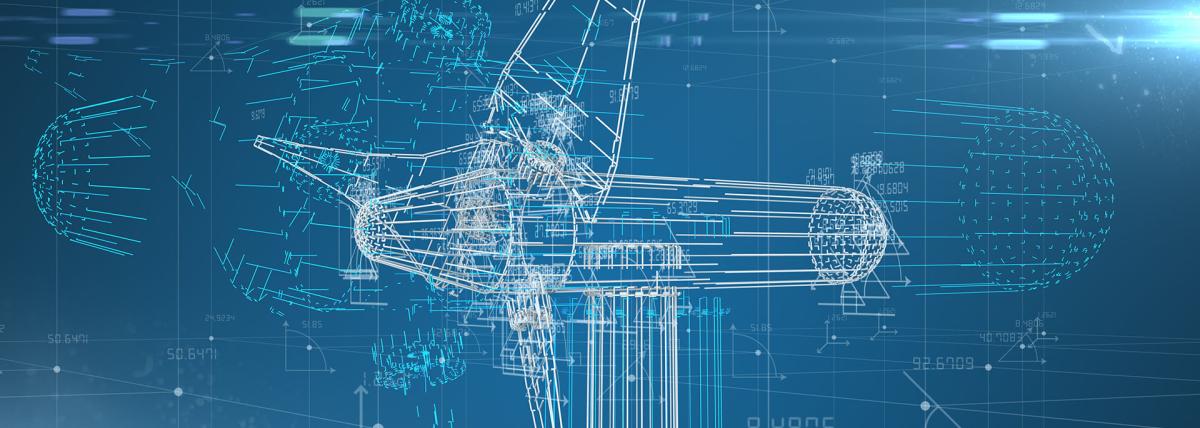
In this lesson, students are challenged to design and test a windsock that can tell the direction and relative speed of the wind.

In this lesson, students are to use simple materials to create a structure that holds weight. It must be able to stand on its own. Students will first study and discuss gravity.

Engage 1st graders in hands-on exploration of simple machines! From classifying to building, this interactive lesson fosters STEM skills and real-world connections.
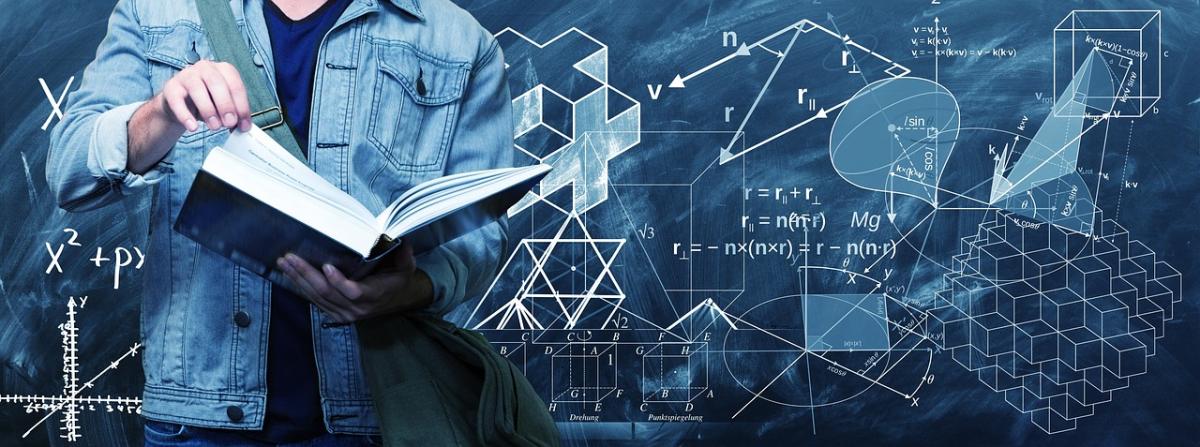
This hands on activity uses calorimetry to determine the calorie content of snack food. Different samples of snack foods are burned and the temperature change of surrounding water is measured. This

In this creative lesson, students engage in the Engineering Design Process and explore e-textiles by creating a light-up felt sugar skull.
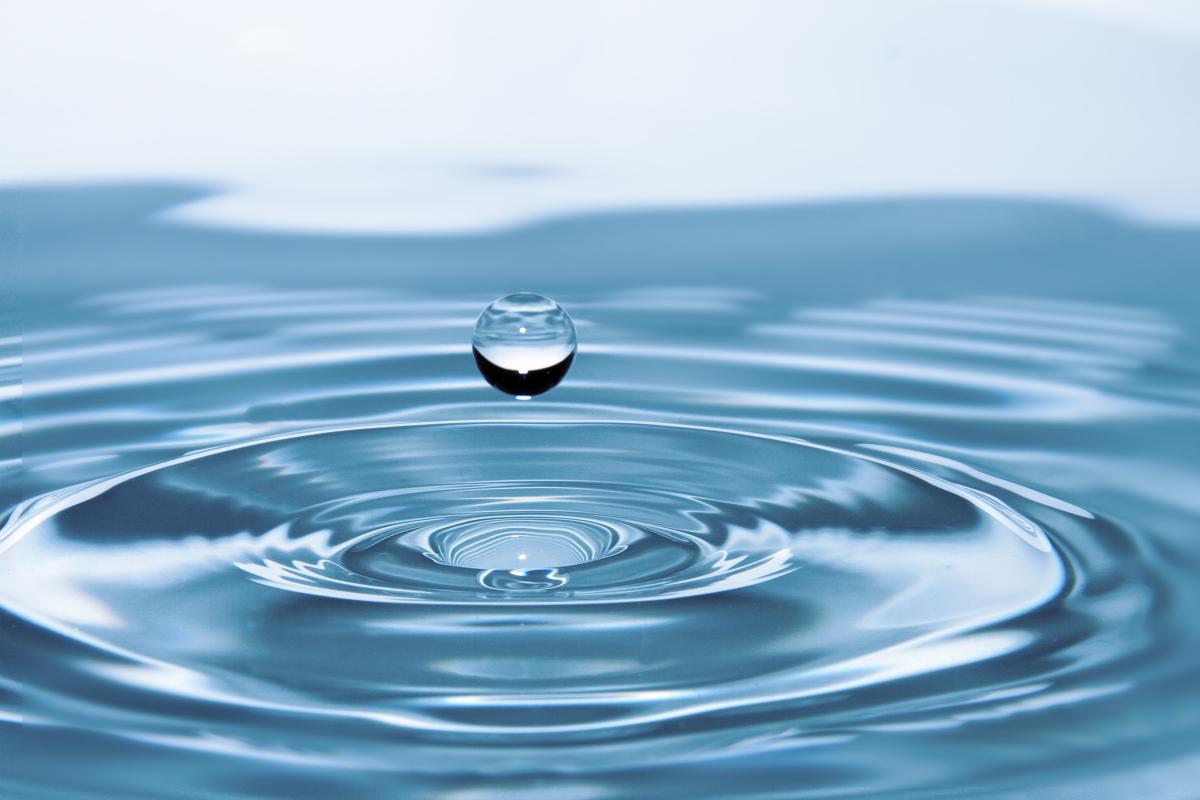
In this high school lesson, students will get the opportunity to engage in scientific research, studying sustainability and fuel options, while creating models to represent their knowledge.

In this geometry/coding lesson, students embark on an exciting journey with Elsa and Anna from Frozen using Code.org. The lesson introduces fundamental coding concepts through interactive puzzles and
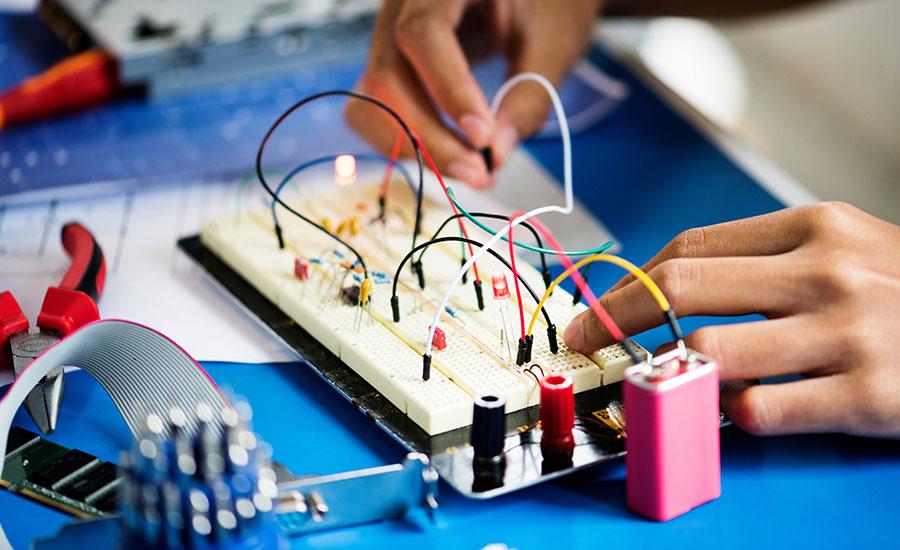
Through guided lessons and research, students generate their own circuit review questions by creating a board game that requires designing and building several circuits.

Students will apply STEM principles to design and build a working circuit in the shape of a heart, incorporating science concepts, technology tools, engineering skills, and mathematical calculations.

In this lesson, students will explore how temperature and pressure can each affect the states of matter. Students will develop a plan and a hypothesis, and will the conduct their experiment to analyze

Students will model series and parallel circuits in Tinkercad and transfer the design to a physical breadboard. At the end of the lesson, students must use the design process to design and build a

In this lesson, students will explore the concepts of gear ratios and proportions. They will construct a working gear system and observe how the ratio between gears affects their motion. They will use

This lesson is the second lesson of a two-part series where students investigate concepts of biomimicry and apply them to the real world with issues like resource scarcity. In this lesson, students

In this lesson, students will learn about desert plant and animal adaptations and the concept of biomimicry. Students will discuss examples of biomimicry in nature and in the real world and will
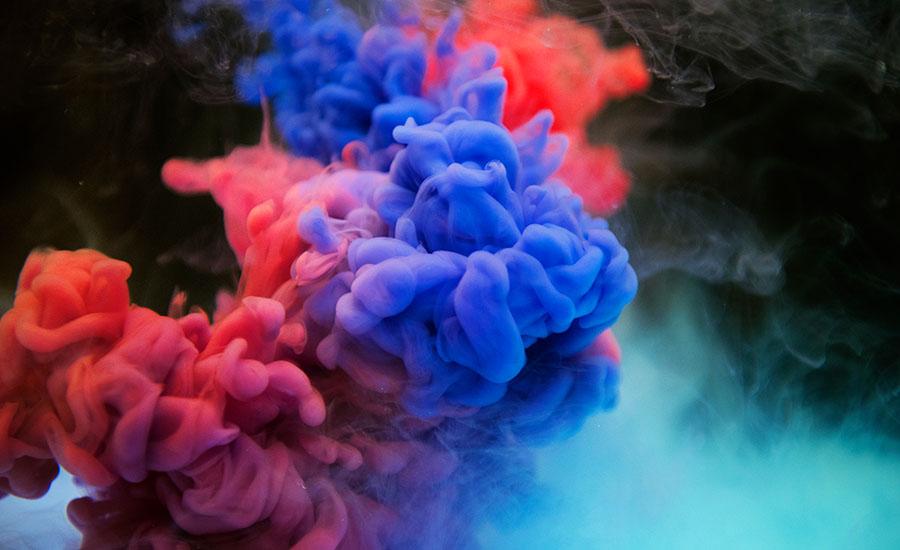
In this lesson students learn about absorbency and are introduced to the colorful world of tie-dying as a way to recycle stained shirts.

In this lesson, students review key architecture components found in Ancient Greek Architecture and are challenged to create a multi-layer structure to hold their body weight. Students use the
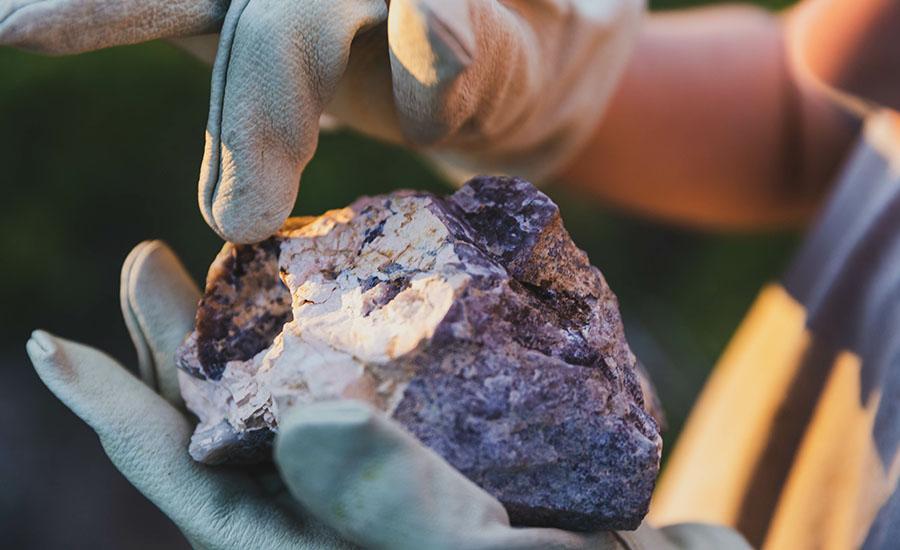
This hands-on lesson, allows students to make observations and draw conclusions based on their own crystal growth experiments. It combines literacy and science to give the students the opportunity to

In this lesson students learn about the simple machine screw, specifically the Archimedes Screw, and engineer a device that can lift a marble.

This lesson plan is about structures that are balanced using tension forces. Students will create their own tensegrity structure that will withstand a predetermined amount of weight. Students will
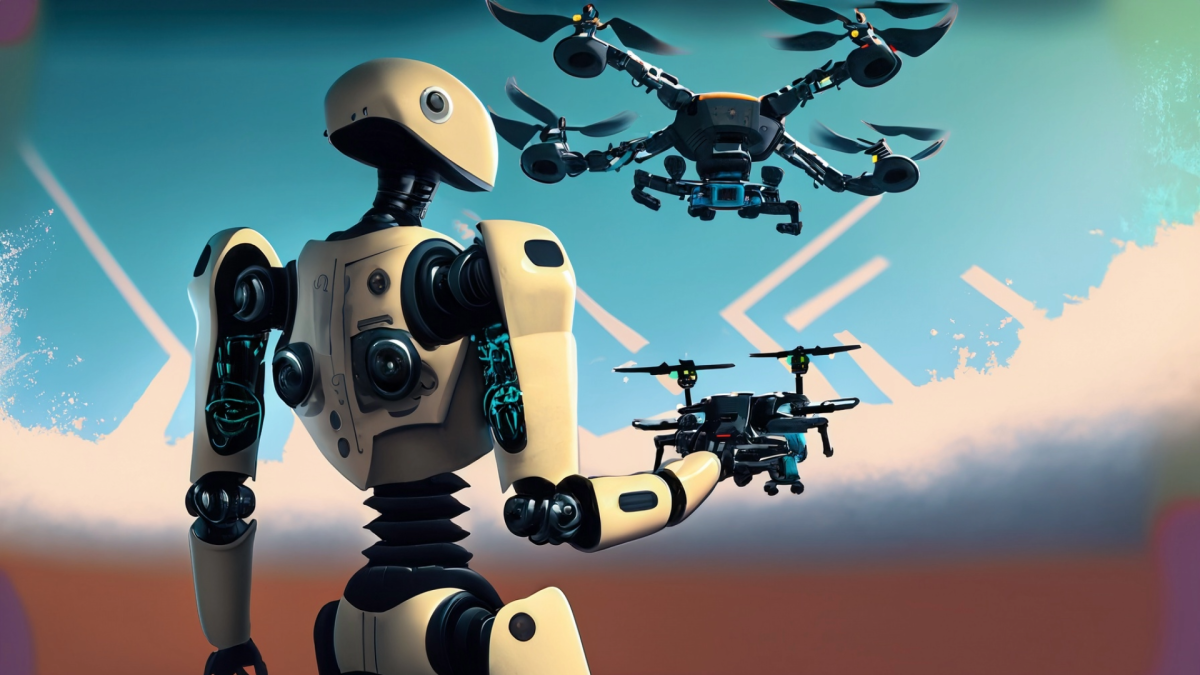
The lesson is adapted from resources created by the Green Drone AZ Project. This is module 1 of 4 featuring focused activities to address real-world environmental challenges within Arizona communities
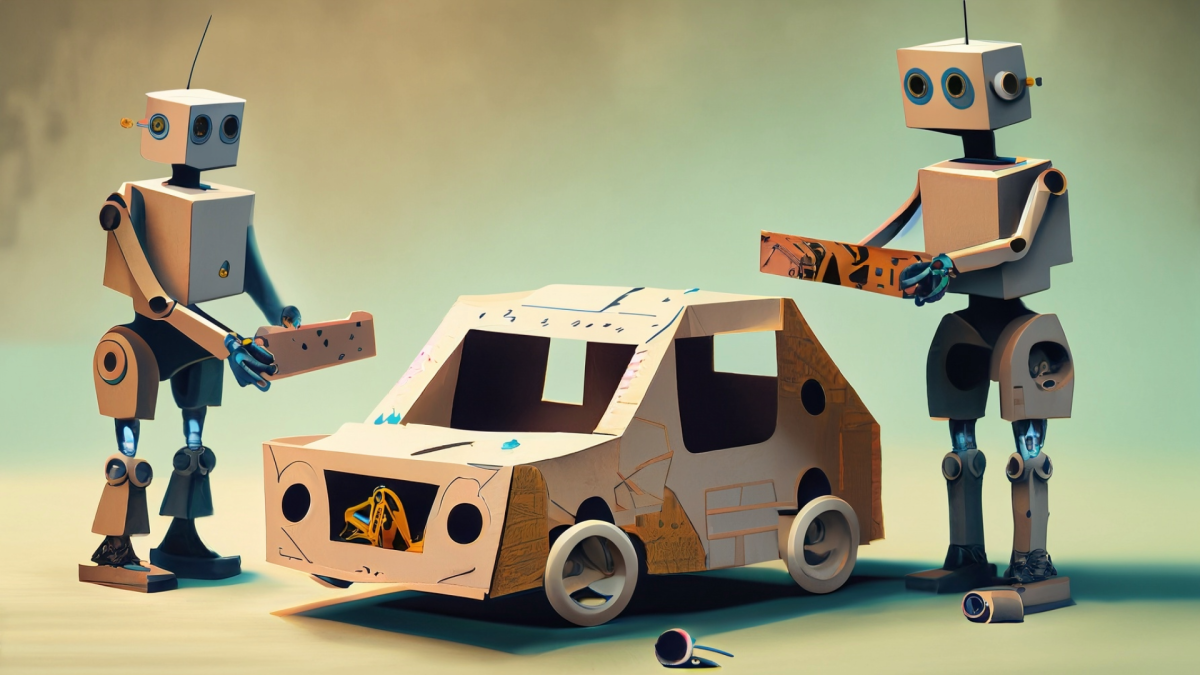
Students design getaway vehicles for the Grinch, applying STEM concepts. Math, creativity, and teamwork merge in this engaging lesson inspired by Dr. Seuss.
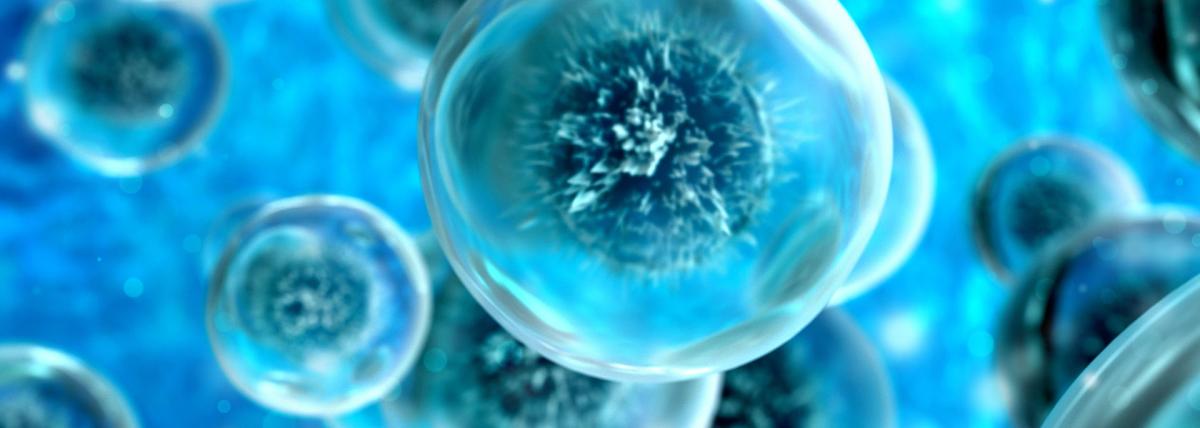
This is best for high school AP/IB/Honors Biology students for using clay and miscellaneous items to model and then film their model of Cellular Respiration to better understand how the Electron
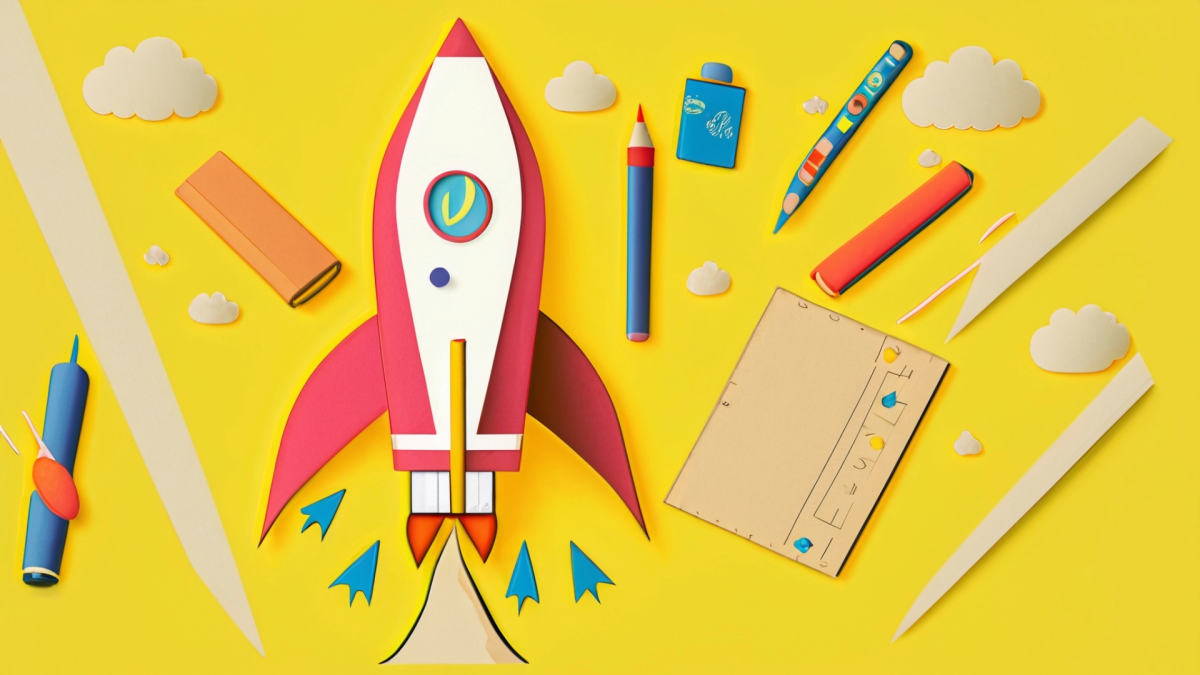
Students will learn about Newton's Third Law of Motion and practice this law by using the engineering design process to create a paper jet engine using a balloon.

Day 2! Students start the process of building their Estes Alpha 3 rockets all the way to completion!


